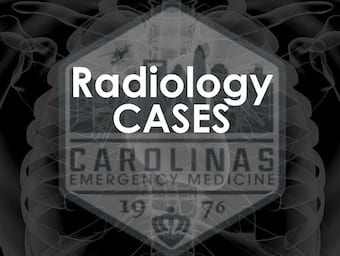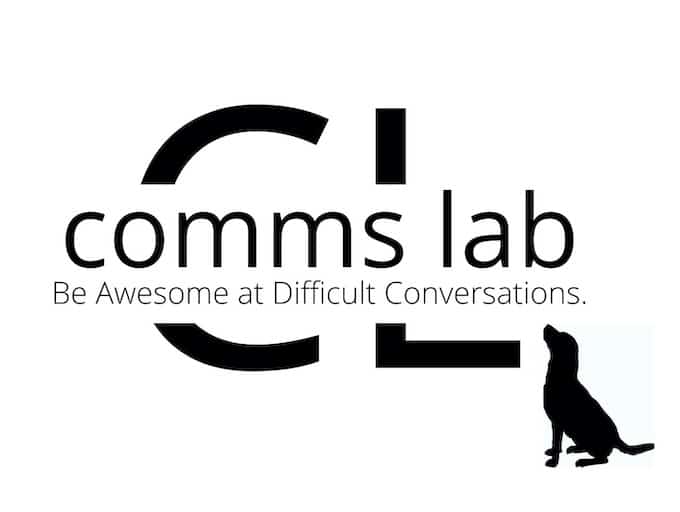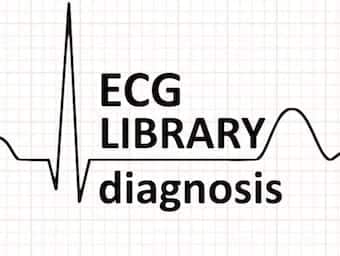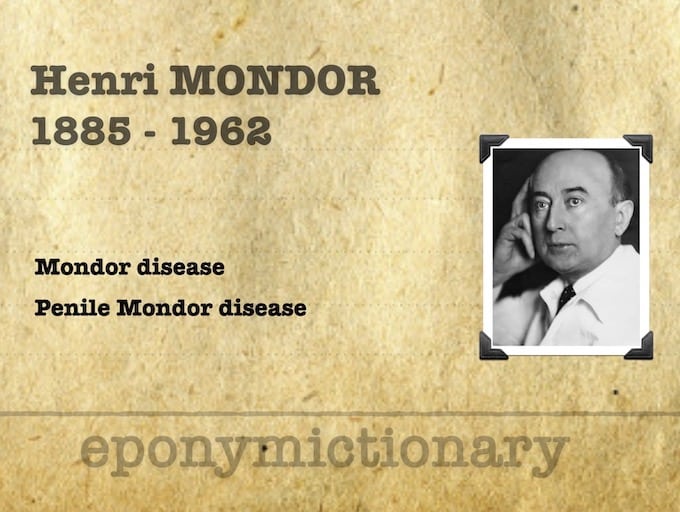
POCUS: EFAST Pneumothorax
Exploring the Point of Care Ultrasound Essentials course with a video demonstrating the EFAST examination to identify pneumothorax.

Exploring the Point of Care Ultrasound Essentials course with a video demonstrating the EFAST examination to identify pneumothorax.

Helen Rimington of Medmastery on assessing left ventricular global systolic function

Helen Rimington explores the Echocardiography Essentials course with a video demonstrating rapid bedside assessment and diagnosis of pericardial effusion.

Peanuts, ass cracks and Queensland's record for the most junior solo intubation. With Doug Feinbloom, our favourite SWAT paramedic FACEM.

Helen Rimington Medmastery course with assessment of mitral regurgitation and cardiac decompensation following rupture of a cord in mitral valve prolapse

March 2022 Adult Emergency Medicine Chest X-ray interpretation with Daniel Escobar, Angela Pikus, and Alex Blackwell

Helen Rimington: Assessing aortic regurgitation and recognizing haemodynamically significant aortic regurgitation using transthoracic echo with MedMastery

Comms Lab 39: Mastering the Phone Referral: Dealing With Referral Pushback, the 5 Simple Strategies

Right Ventricular Failure: Unrecognised high mortality equal to that of LV failure. Right heart is a low-pressure system, good at dealing with volume (preload) to a point, does poorly with increased afterload (i.e. PH).

Yamaguchi syndrome: Apical hypertrophic cardiomyopathy (AHC) Hypertrophic non-obstructive cardiomyopathy with giant negative T waves

Louis Sigurd Fridericia (1881-1947) was a Danish physician. Eponymous term - Fridericia's formula: QT interval duration related to the cube root of the RR

Henri Mondor (1885 – 1962) was a French physician, surgeon, and a historian. Mondor disease (1939); Penile Mondor disease (1958)